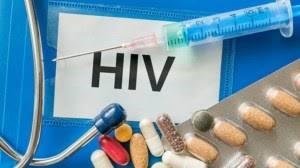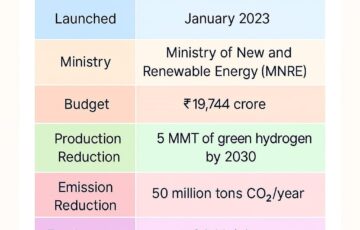HIV Self-Testing: A Game-Changer for Mizoram’s Youth
Why in the news?
A study by ICMR-NITVAR and Mizoram University highlights the success of HIV self-testing (HIVST) in Mizoram, India’s highest HIV-prevalence state. The initiative helped 84% first-time testers, improving early detection and access to anti-retroviral therapy (ART).
HIV Burden in Mizoram:
- India has an estimated 44 lakh people living with HIV.
- Mizoram has the highest HIV prevalence in the country, with 73% of adults infected—13 times the national average.
- According to Sankalak 2024, HIV prevalence is notably high among injecting drug users (19.8%) and female sex workers (24.7%), the highest in India.
Study on HIV Self-Testing
- Conducted by ICMR-NITVAR and Mizoram University, the study explored the impact of HIV self-testing (HIVST).
- Self-testing allows individuals to collect their own samples (blood/saliva) and interpret results privately.
- 41 countries have adopted HIVST since the WHO’s 2016 guidelines, but India has yet to introduce official policies.
- The study assessed community-based implementation through in-depth interviews with health officials, religious leaders, and influencers.
- HIV self-test kits were distributed via youth organizations, college festivals, pharmacies, and outreach programs.
Impact and First-Time Testers
- Published in Frontiers of Public Health (Feb 5, 2024), the study reported that 2,101 youths in Aizawl took HIV tests in six months.
- 84% (1,772 individuals) were first-time testers, indicating the effectiveness of self-testing in reaching untested populations.
- Among youth (18-24 years) who tested positive, 85% sought confirmatory tests and were linked to anti-retroviral therapy (ART).
- HIVST provides a private, stigma-free, and convenient testing option, crucial for increasing HIV awareness and treatment access in Mizoram.
Steps Taken by the Indian Government to Eradicate AIDS:
- National AIDS Control Organisation (NACO) – Formulates, implements, and monitors HIV/AIDS prevention and control policies in India. It oversees the National AIDS Control Programme (NACP).
- National AIDS Control Programme (NACP), 1992 – A comprehensive programme for HIV/AIDS prevention and control, including surveillance, blood screening, and health education.
- Mass Media Campaigns – Regular awareness campaigns on TV, radio, and digital platforms to educate people on HIV prevention and treatment.
- National Strategic Plan on HIV/AIDS & STI (2017-24) – Aims for universal coverage of HIV prevention and treatment services for those living with HIV.
- Free Anti-Retroviral Therapy (ART) – India provides free ART under the “test and treat” strategy, targeting the 90-90-90 goal: ensuring 90% of diagnosed HIV patients receive sustained ART.
- Bilateral and Multilateral Partners – Collaboration with international organizations for technical expertise and financial aid in addressing HIV/AIDS.
- SDG Target 3.3 – India aligns with Sustainable Development Goal 3.3, aiming to end the AIDS epidemic and other communicable diseases by 2030.





